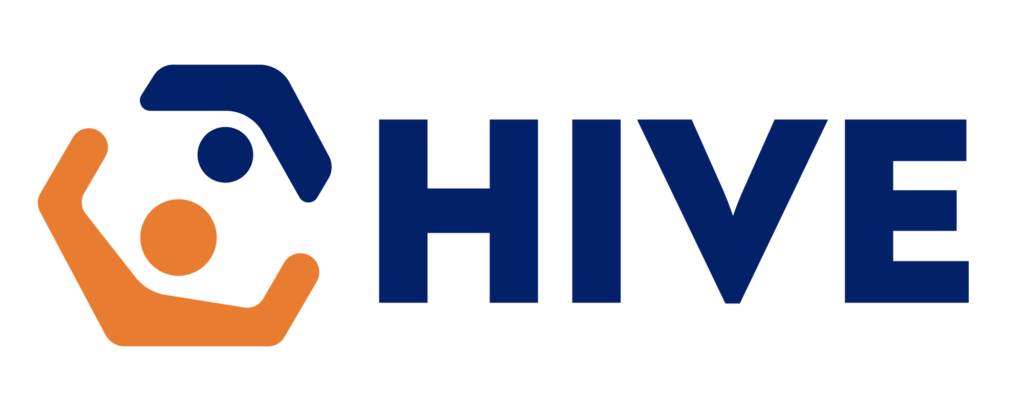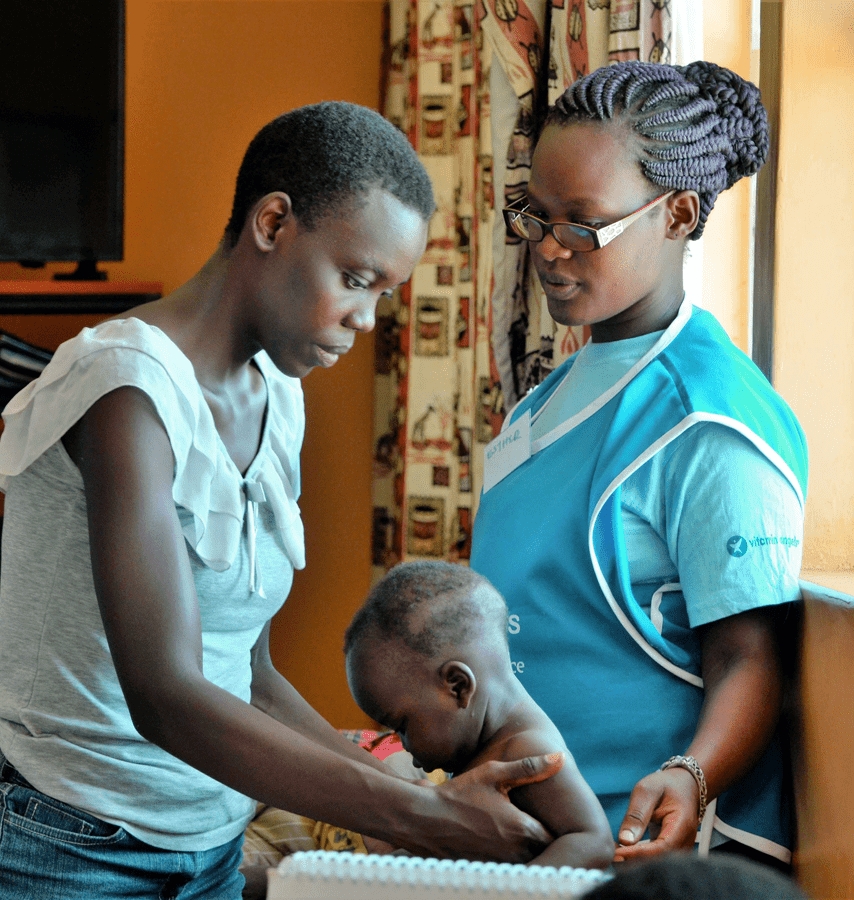Kenya
As one of 12 countries in the Global Alliance to End AIDS in Children by 2030, Kenya is committed and continues to make notable progress in its efforts to prevent vertical transmission.
Background
Kenya has a high HIV vertical transmission rate, estimated at 9.3%, and an adult HIV prevalence rate of 3%. As one of the 12 Global Alliance countries committed to eliminating vertical transmission of HIV and ending AIDS in children, Kenya continues to make notable progress in efforts to prevent vertical transmission.
The national plan prioritizes vertical transmission prevention within the Kenya National HIV/AIDS Strategic Plan (KNASP III). Kenya also has a national technical working group on vertical transmission prevention, co-chaired by the National AIDS and STI Control Program and the Division of Reproductive Health.
Progress toward elimination targets, 2024
| Elimination of vertical transmission | |
|---|---|
| Pregnant women who received ART for VTP (#) | 42,300 |
| Pregnant women needing ART for VTP (#) | 47,000 |
| Coverage of pregnant women who received ART for VTP (%) | 90 |
| Early infant diagnosis < 2 months of age (%) | 78 |
| New HIV infection among children (#) | 4,300 |
| New HIV infections averted due to VTP interventions | 13,000 |
| Vertical transmission rate, including during breastfeeding (%) | 4.7 |
| Vertical transmission rate during pregnancy (%) | 4.7 |
| Number of HIV-exposed children who are uninfected | 840,000 |
| Source: UNAIDS 2025 estimates | |
HIVE Engagement
Kenya joined the HIVE in August 2024, following an ICAP-HIVE technical team baseline visit, which included onboarding meetings with the Ministry of Health, PEPFAR agencies, and implementing partners. Since then, Kenya has been actively engaged in the HIVE network activities through webinars and technical assistance.
In December 2024, Kenya conducted a self-assessment of its VTP program using the HIVE HIV Vertical Transmission Elimination Capability Maturity Model (VTE). The results identified key strengths in the VTP program, such as existing enabling policies for HIV testing for pregnant and breastfeeding women, linkage to antiretroviral therapy (ART), and robust systems for training and measuring the impact of VTP. The CMM also highlighted areas for improvement, particularly in providing PrEP for pregnant and breastfeeding women, longitudinal monitoring of early infant diagnosis services, and tracking postnatal prophylaxis for infants perinatally exposed to HIV.

Overview of Kenya’s 2024 VTP self-assessment results
Through its engagement with the HIVE network, Kenya will also benefit from technical cross-country learning and the co-creation of solutions to address persistent service delivery challenges, including sharing best practices for vertical transmission elimination.
For more information on CMMs, please visit the CQUIN website.
Service Disruptions and Landscaping Survey
Kenya has long depended on foreign assistance to fund its HIV programs, with approximately $68 million allocated to direct service delivery in the 2024/2025 fiscal year. This funding supports the procurement of HIV commodities and the deployment of health care workers across clinical, programmatic, and support functions. However, following the US government stop-work order in January 2025, the country experienced significant disruptions in VTP services. Between February and March 2025, critical services were suspended in 40 out of 47 counties, impacting the availability of nurses, clinical officers, HIV testing counselors, data clerks, and social workers. Technical assistance and coordination activities, including technical working group meetings, were also put on hold, weakening overall program delivery.
While VTP services are integrated within maternal and child health clinics, they rely heavily on staff seconded by implementing partners. The withdrawal of implementing partner support disrupted HIV identification, prevention, and PrEP linkage for pregnant and breastfeeding women. Peer support and case management services through mentor mothers, key to ensuring HIV care retention for pregnant and breastfeeding people, were also interrupted. Access to early infant diagnosis and viral load testing declined due to challenges with sample transport and electronic medical records. The Kenya Health Information System (KHIS) experienced downtime, and follow-up of mother–infant pairs was compromised.
Although many VTP services have since resumed following the PEPFAR waiver, the Ministry of Health has implemented both short and long-term mitigation strategies to ensure continuity. These include:
-
- Intensive, facility-based on-the-job training and mentorship to build the capacity of MOH staff in affected counties. Approximately 800 mentor mothers supported by the Global Fund are helping to fill gaps in high-volume facilities. HIV testing responsibilities are gradually being transitioned to MOH nurses and laboratory personnel.
- For long-term sustainability, the government is working to integrate mentor mothers into the community health workforce, digitize health records, absorb donor-supported staff into the public sector, and mobilize domestic resources, including the use of facility improvement funds to sustain and strengthen VTP service delivery.
Alignment with the Global Alliance
Kenya’s plan to end AIDS in children by 2027, adapted from the Global Alliance action plan, is a national commitment to eliminate vertical transmission of HIV, syphilis, and hepatitis B. Kenya’s plan also aims to address the persistent gaps in pediatric HIV care.
Anchored in a people-centered, rights-based, and data-driven approach, the plan targets the most vulnerable children, adolescents, and pregnant and breastfeeding women by addressing systemic health barriers, inequalities, and stigma. It aligns with Kenya’s universal health coverage goals and global HIV commitments. It outlines strategic interventions to increase HIV testing and treatment coverage, boost viral suppression, and reduce new infections among young people. The plan galvanizes multisectoral partnerships, strengthens health and supply chain systems, and leverages community engagement to ensure no child is left behind.


